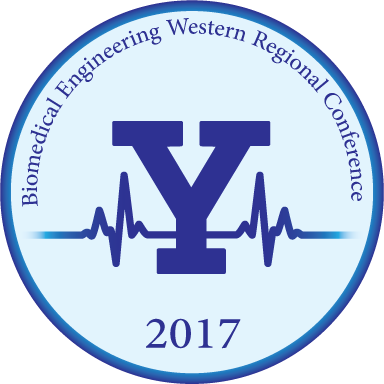Description
Water-borne coacervates that solidify in response to decreasing ionic strength have been developed as an agent for small vessel transcatheter embolization. Here, the sub-chronic vascular response to these agents will be presented. Embolic coacervates demonstrated a benign foreign body response, which supported tissue ingrowth and stabilized vessel occlusion out to 28 days. As with other liquid embolics, occlusion is dependent upon mechanical obstruction of the vessel and native thrombus. Over time, the thrombus becomes more organized by fibroblasts. Continuation of the processes seen at 28 days will likely result in fibrous encapsulation of the embolic coacervate, further stabilizing the occlusion.
Included in
The sub-chronic vascular response to water-borne embolic coacervates.
Water-borne coacervates that solidify in response to decreasing ionic strength have been developed as an agent for small vessel transcatheter embolization. Here, the sub-chronic vascular response to these agents will be presented. Embolic coacervates demonstrated a benign foreign body response, which supported tissue ingrowth and stabilized vessel occlusion out to 28 days. As with other liquid embolics, occlusion is dependent upon mechanical obstruction of the vessel and native thrombus. Over time, the thrombus becomes more organized by fibroblasts. Continuation of the processes seen at 28 days will likely result in fibrous encapsulation of the embolic coacervate, further stabilizing the occlusion.

